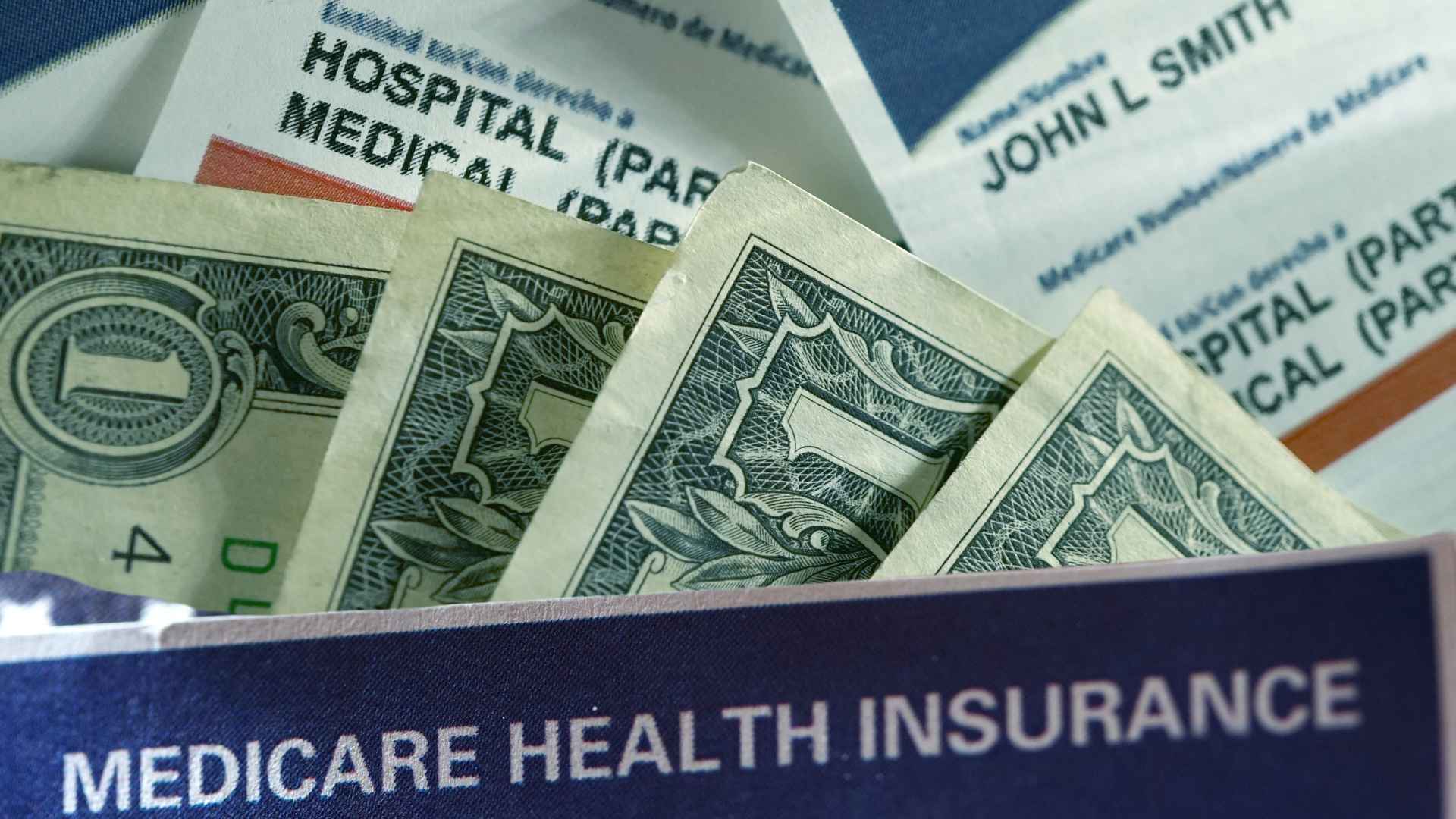Federal trustees warn that the nation’s two cornerstone safety‑net programs are on a faster collision course with insolvency than anyone hoped. Their June 18, 2025 report says Medicare’s Hospital Insurance Trust Fund will be emptied in 2033—three years earlier than last year’s outlook—while the combined Social Security retirement and disability funds reach zero in 2034.
Millions of retirees, workers, and people with disabilities could feel the pinch
Roughly 66 million Social Security recipients and 65 million Medicare users rely on these checks and services to keep the lights on and the doctor paid. If lawmakers let the funds run dry, automatic benefit cuts kick in almost overnight.
So, why the sudden speed‑up? Hospital, home‑health, and nursing‑home expenses are climbing faster than payroll taxes can keep up. At the same time, recent changes like the Social Security Fairness Act sweetened benefit formulas, adding even more strain. Feeling uneasy yet?
| Program | Reserves exhausted | Share of benefits still payable |
|---|---|---|
| Medicare Part A | 2033 | 89 % |
| Social Security (OASI + DI) | 2034 | 81 % |
The table above shows the cliff edge in plain numbers. After those dates, incoming taxes will cover only a fraction of scheduled obligations.
Social Security shortfall in 2034 would cut benefits for millions of retirees nationwide
Here’s the hard truth: without a fix, the average retiree could lose nearly one‑fifth of every monthly check. That’s not small change when rents, groceries, and prescriptions are already climbing. Younger workers aren’t off the hook either; their future benefits would shrink unless fresh revenue or benefit tweaks hit the statute books. These are the immediate fallout if Congress stays silent:
- 11 % reduction in Medicare hospital payments beginning 2033
- 19 – 23 % haircut to Social Security checks starting 2034
- Ripple effects on household spending, local economies, and health‑care providers
- Heightened pressure on state Medicaid budgets and private charity clinics
Consequently, consumer confidence could take a hit just when the broader economy needs steady demand.
Here’s what Congress, workers, and current beneficiaries can do to limit the pain
Lawmakers are already floating familiar fixes—higher payroll caps, a modest tax‑rate bump, slower cost‑of‑living increases, or a later full‑retirement age. Meanwhile, savvy workers may want to shore up private savings through 401(k)s or IRAs. Retirees wondering “What should I do now?” should keep paperwork current and watch for official notices rather than internet rumors.
After all, an eventual bipartisan deal has solved every past trust‑fund crunch—sometimes at the eleventh hour, but never too late to matter.
Time is short but tools are plenty. Acting before 2030 would spread the costs broadly and spare today’s beneficiaries the sharpest cuts.

